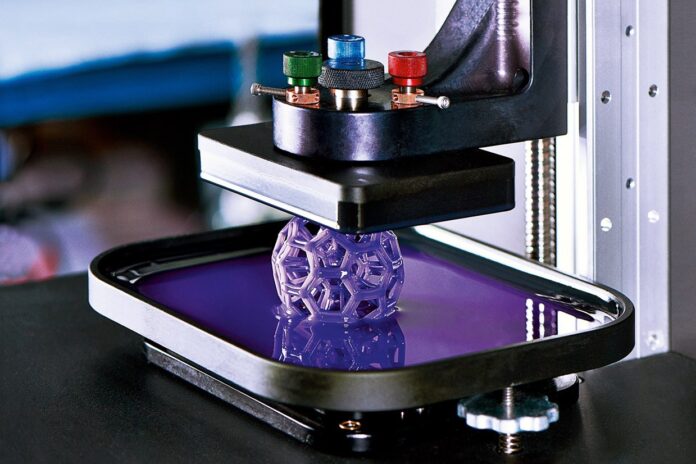
For a very long time, printing had been restrained to the realm of 2D or two dimension which dealt with printing of essays, reports and similar things on metal, paper or any flat object. With the advancement in the field of technology, printing has jumped leaps and bounds and introduced 3D printing. There is the third dimension printing technology where 3D printers are giving us objects and things that can be put to varied use.
The present growth and expansion of 3D printing is because of the development of aspects like prototyping, personalized parts, concept modeling, product designing but this technology has more capabilities than this. The 3D technology is all set to disrupt several industries like healthcare, consumer products, construction, automotive, aerospace and online gambling, to name a few. You may follow that site to find 3D slots if you’re a pro casino player.
Table of Contents
Statistics to prove the exponential growth of 3D technology
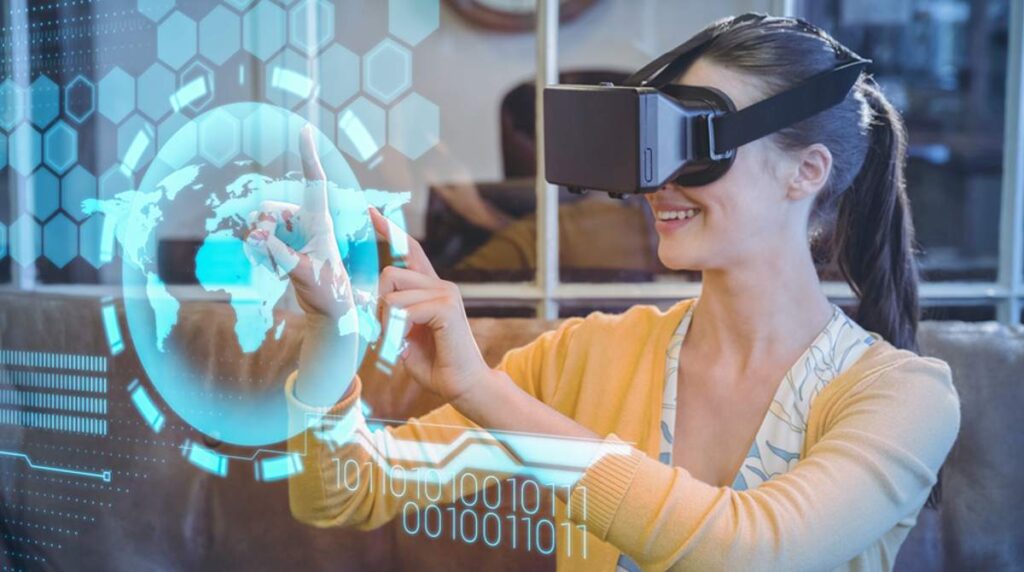
Just as the Homebrew Computer Club, founded in 1975 sparked the revolution of personal computing, we are presently going through a period where 3D printing is all set to start a technological disruption. Research reveals that the market of 3D printer is predicted to reach $4.5 billion by 2024, following a growth at CAGR of 12.8% from 2018 to 2024.
The 3D printing industry outlook will probably have a havoc impact on the world over a span of the next 2 decade as compared to all the innovations combined as per reports from Deloitte. There are multiple benefits of 3D printing like diminished lead times, rapid response, fast manufacturing, mass customization, reduced overhead, use of unique materials, mass production and cost effectiveness.
To know the impact of 3D printing technology on several industries across the globe, read on.
Construction
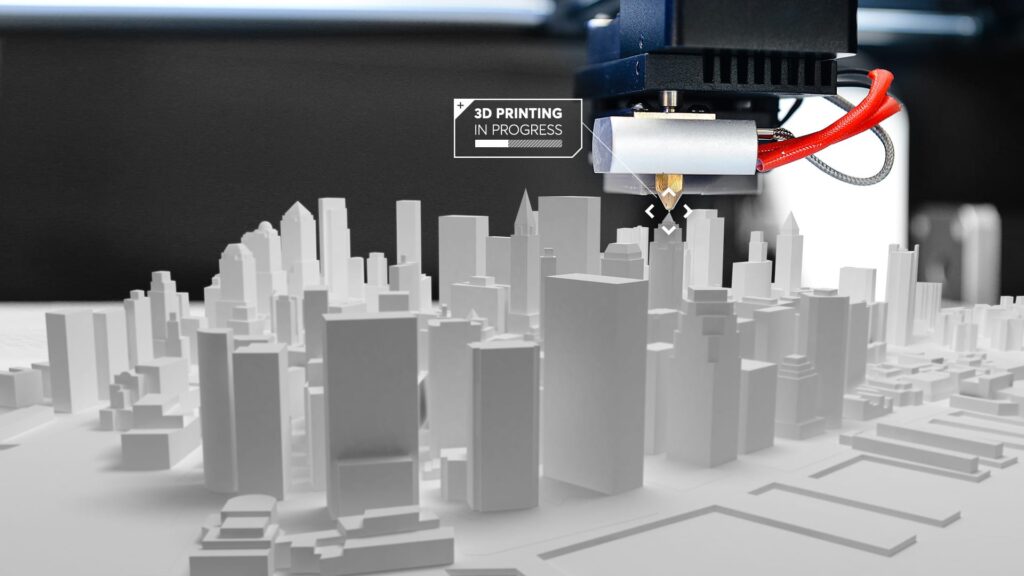
There’s no other industry that is set for this much of transformation because of 3D printing as is the construction industry. 3D technology has resolved to design and create complicated, specialized, personalized construction design, building materials and also bring about a change in the way we build.
Besides designing the best materials, 3D printing has made many other extraordinary promises. You never know we may suddenly see a total city being built with the help of 3D printers. Cazza, a Dubai-based startup, created 3D technology crane and named it ‘Minitank’. It has the capabilities of layering around 2153 square feet of concrete in a day. This could accelerate the process of construction by at least 50%.
Medical
As long as creating inorganic materials are concerned, 3D printers are pretty straightforward. You just have to place any desirable material like ceramic, plastic, concrete, metal and even food into a printer and it will give you a nice design. Printing things with living things is more challenging and at the same time provides a great potential for the healthcare industry.
Can you imagine one day you can bioprint blood vessels and use them into a body? Well, the Harvard University researchers are still researching on this. 3D bioprinting has huge potential for the healthcare industry. 3D bioprinting will use 3D printing technologies for amalgamating living cells to create biomedical parts like tissue-like structures.
Prosthetic
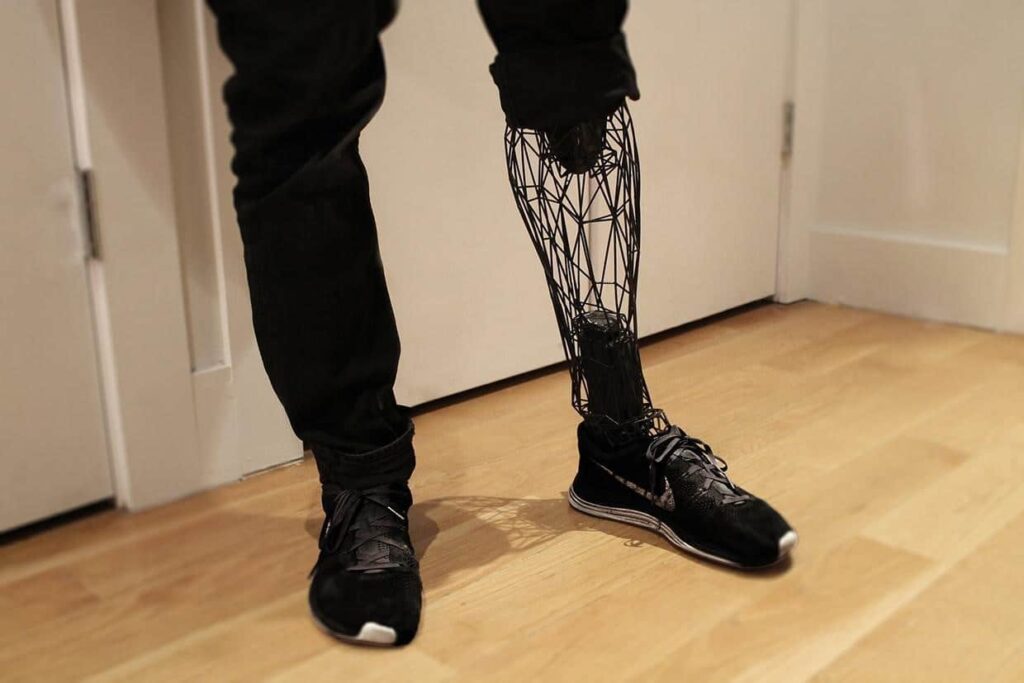
Prosthetics are still costly and aren’t a readily available option for majority of the physically challenged people. Even if you wish to order, it takes several months to receive it. Both the comfort and quality of the prosthetics device are the most important factors for people who use them in their daily activities. Hence, customization and personalization according to the user is imperative.
As this seems to be a Herculean task, the involvement of 3D printing technology is perfectly suited to meet the requirements of the users. Not only does it drastically reduce the time to make a device but it also cuts down costs dramatically. A 3D tech prosthetic can be made ready in just one day!
Space
We all know that 3D printing has certainly entered the aerospace industry for designing products that are best for space exploration. There are several 3D printers like HP Voxel that made is easier for producing specialized parts at a lightning speed. Due to this, 3D printers emerged as one of the most important technology in exploration of space. The special parts used within rockets and other complex objects used while in space are all done with 3D technology.
Did you know that the International Space Station has a 3D printer which lets astronauts print replacement parts whenever they need it? The space station hence can be transformed into a ‘machine shop’ on demand. This could be of immense use when explorers move further into space.
Consumer Electronics

There is already a rat race for sleeker and smaller phones. 3D printing technology could be used next for bridging the gap to building customizable and small sized electronic gadgets. The manufacturers are using 3D printing for creating devices in the form of a unit. This can be done only because printers are able to combine conductive ink with plastic and metals that make the external feature of a product. 3D printing provides freedom in design as it can do away with the requirement of circuit boards, allowing for devices of various sizes and shapes.
Gaming
3D printing toys and figurines have been one of the oldest possible uses of technology. Hence, you can easily understand how 3D technology is being applied to tabletop RPGs like Warhammer and DnD and to board games. In fact, there are several companies that specialize in providing players an in-depth, immersive gaming experience. They customize their characters, game accessories and game pieces with the help of 3D technology.
Conclusion
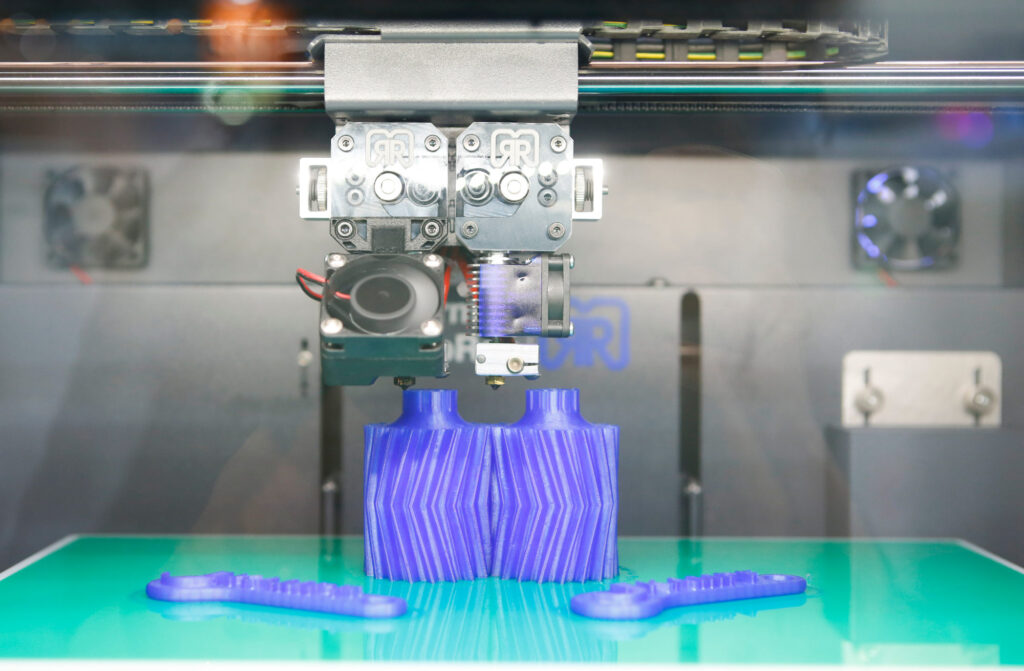
To conclude, it can be said that the possibilities seem to be endless for 3D technology as all industries are trying to leverage this technology. The pharmaceutical industry is planning to use 3D printers to create pills that house drugs with separate release times. Consumers will also be capable of printing household objects, clothes and jewelry with the help of 3D technology in the near future.







